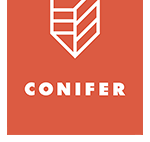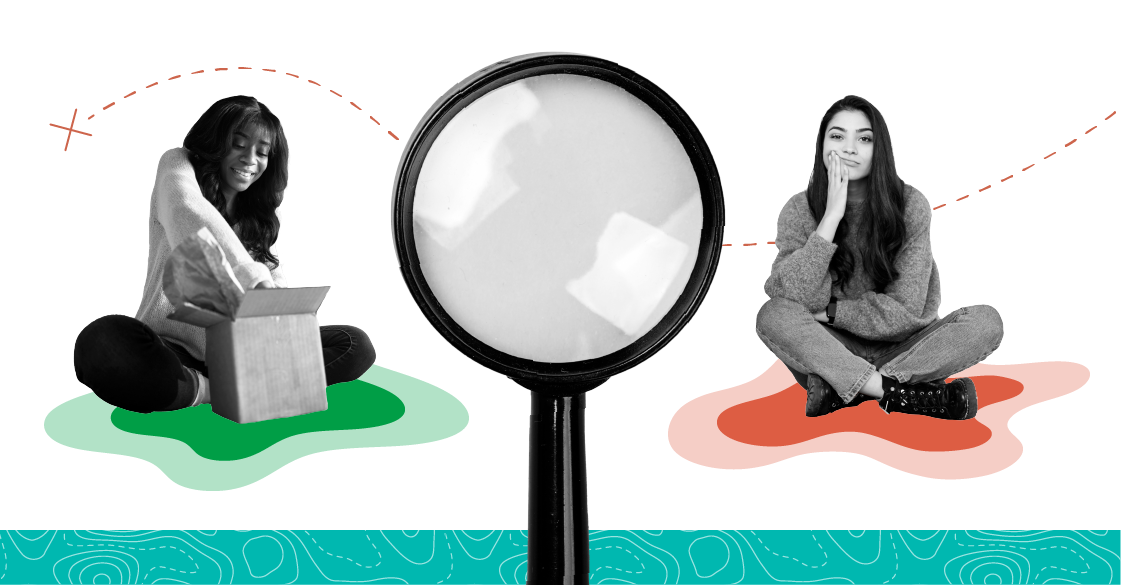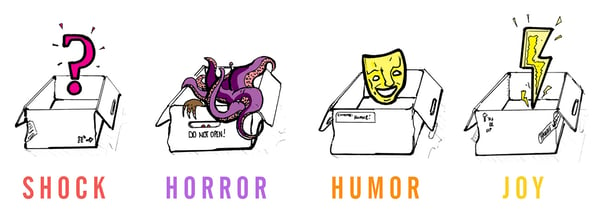
Does Brand Research Stand to Benefit From a Deprivation Study?

Looking for a way to work towards your team’s next product innovation? If I offered up rapid prototyping of a new product or service as a method, you wouldn’t blink. But what about behavioral prototype testing?
Is that a blank stare I see? Allow me to introduce you to deprivation-based research - one of Conifer’s favorite methods in our toolkit and an unsung hero when it comes to helping innovation teams expedite learning.
So, What is Deprivation Research?
This not-often-talked-about method in behavioral design research can leave people confused. If you google this, you’ll likely get a bunch of scholarly articles about sleep deprivation. Hmm,…not quite what we had in mind!
Deprivation Research is essentially behavioral prototype testing. We use this approach for thoughtful, contextual experiments. We task research participants with, quite literally, depriving themselves of something we are studying in order to learn alongside their experiences of going without. This might mean asking participants to forgo their usual favorite, go-to products altogether or swapping and replacing their usuals with alternative solutions.
The Goal?
The goal of Deprivation Research is to better understand what they do without, or in place of, the deprived item and provide us with the ability to explore the impact of change and explore future states.
I can hear the skeptics: What? People actually agree to this? Yes! And they have a pretty good time doing it. Our participants are often just as curious about what we will ask of them and what they will learn about themselves as we are! We give them rules but encourage them to push the boundaries of those rules and stay honest.
Examine the Void
Deprivation presents you with the opportunity to turn your own methods and approaches on their heads in order to gain insights in a new way. Instead of studying something, you are doing the reverse—examining its absence, exploring alternatives, and discovering within the negative space. By breaking participants’ normal routines and exploring modified behavior, you can get to the core needs and motivations that might be difficult for users to fully articulate otherwise. Invert everything and innovation will follow.
Explore Behavior Change for Future, Hypothesized States
Users might SAY they want something different, but what happens if we take away their usual and give them what they have asked for in its place? How does their version of the ideal actually match up with their experienced reality? Deprivation allows you to do so much more than ask “what if” - you actually get to test it. It is an easy form of projecting ahead through proxy products, alternatives, or scenarios to explore the resistance, compliance or workarounds. You also get to test in context, activating replacements within users’ real lives and outside of controlled, idealized, and, at times, aspirational lab environments.
Sticky Data and Innovation Rocket Fuel
Deprivation studies are creative goldmines for user stories and videos. We have seen users’ unfiltered responses and adaptations become viral in brand research organizations time and time again. The honesty and authenticity of unboxing reactions when participants open their “gifts” is undeniable, and the levity of the participant-generated confessions when they cheat, break the rules, or celebrate the success of their own workarounds is pure innovation fuel!

If you’re doing the same things over and over again in your brand research, brand testing and innovation initiatives, consider giving Deprivation a try. Its unique qualities can accelerate and redirect innovation initiatives by pressure-testing alternative futures before making major capital investments.
